 W
WGeorge Eyre Andrews is an American mathematician working in special functions, number theory, analysis and combinatorics.
 W
WMichael Artin is an American mathematician and a professor emeritus in the Massachusetts Institute of Technology mathematics department, known for his contributions to algebraic geometry.
 W
WHyman Bass is an American mathematician, known for work in algebra and in mathematics education. From 1959 to 1998 he was Professor in the Mathematics Department at Columbia University. He is currently the Samuel Eilenberg Distinguished University Professor of Mathematics and Professor of Mathematics Education at the University of Michigan.
 W
WGeorge David Birkhoff was an American mathematician best known for what is now called the ergodic theorem. Birkhoff was one of the most important leaders in American mathematics in his generation, and during his time he was considered by many to be the preeminent American mathematician.
 W
WGilbert Ames Bliss,, was an American mathematician, known for his work on the calculus of variations.
 W
WMaxime Bôcher was an American mathematician who published about 100 papers on differential equations, series, and algebra. He also wrote elementary texts such as Trigonometry and Analytic Geometry. Bôcher's theorem, Bôcher's equation, and the Bôcher Memorial Prize are named after him.
 W
WRichard Dagobert Brauer was a leading German and American mathematician. He worked mainly in abstract algebra, but made important contributions to number theory. He was the founder of modular representation theory.
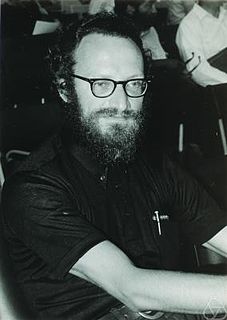 W
WWilliam Browder is an American mathematician, specializing in algebraic topology, differential topology and differential geometry. Browder was one of the pioneers with Sergei Novikov, Dennis Sullivan and C. T. C. Wall of the surgery theory method for classifying high-dimensional manifolds. He served as President of the American Mathematical Society until 1990.
 W
WErnest William Brown FRS was an English mathematician and astronomer, who spent the majority of his career working in the United States and became a naturalised American citizen in 1923.
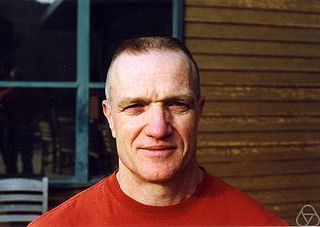 W
WRobert Leamon Bryant is an American mathematician and Phillip Griffiths Professor of Mathematics at Duke University. He specializes in differential geometry.
 W
WArthur Byron Coble was an American mathematician. He did research on finite geometries and the group theory related to them, Cremona transformations associated with the Galois theory of equations, and the relations between hyperelliptic theta functions, irrational binary invariants, the Weddle surface and the Kummer surface. He was President of the American Mathematical Society from 1933 to 1934.
 W
WJoseph Leo "Joe" Doob was an American mathematician, specializing in analysis and probability theory.
 W
WDavid Eisenbud is an American mathematician. He is a professor of mathematics at the University of California, Berkeley and was Director of the Mathematical Sciences Research Institute (MSRI) from 1997 to 2007. He was reappointed to this office in 2013, and his term has been extended until July 31, 2022.
 W
WGriffith Conrad Evans was a mathematician working for much of his career at the University of California, Berkeley. He is largely credited with elevating Berkeley's mathematics department to a top-tier research department, having recruited many notable mathematicians in the 1930s and 1940s.
 W
WHenry Burchard Fine was an American university dean and mathematician.
 W
WThomas Scott Fiske was an American mathematician.
 W
WEric Mark Friedlander is an American mathematician who is working in algebraic topology, algebraic geometry, algebraic K-theory and representation theory.
 W
WAndrew Mattei Gleason (1921–2008) was an American mathematician who made fundamental contributions to widely varied areas of mathematics, including the solution of Hilbert's fifth problem, and was a leader in reform and innovation in mathematics teaching at all levels. Gleason's theorem in quantum logic and the Greenwood–Gleason graph, an important example in Ramsey theory, are named for him.
 W
WJames Gilbert Glimm is an American mathematician, former president of the American Mathematical Society, and distinguished professor at Stony Brook University. He has made many contributions in the areas of pure and applied mathematics.
 W
WRonald Lewis Graham was an American mathematician credited by the American Mathematical Society as "one of the principal architects of the rapid development worldwide of discrete mathematics in recent years".
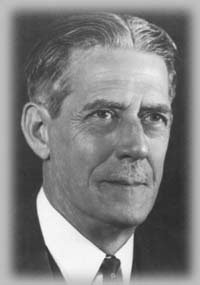 W
WEarle Raymond Hedrick, was an American mathematician and a vice-president of the University of California.
 W
WGeorge William Hill was an American astronomer and mathematician. Working independently and largely in isolation from the wider scientific community, he made major contributions to celestial mechanics and to the theory of ordinary differential equations. The importance of his work was explicitly acknowledged by Henri Poincaré in 1905. In 1909 Hill was awarded the Royal Society's Copley Medal, "on the ground of his researches in mathematical astronomy". Today, he is chiefly remembered for the Hill differential equation.
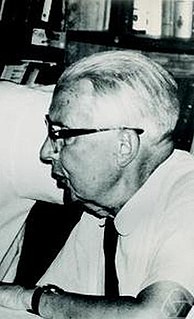 W
WCarl Einar Hille was an American mathematics professor and scholar. Hille authored or coauthored twelve mathematical books and a number of mathematical papers
 W
WNathan Jacobson was an American mathematician.
 W
WArthur Michael Jaffe is an American mathematical physicist at Harvard University, where in 1985 he succeeded George Mackey as the Landon T. Clay Professor of Mathematics and Theoretical Science.
 W
WIrving Kaplansky was a mathematician, college professor, author, and musician.
 W
WPeter David Lax is a Hungarian-born American mathematician working in the areas of pure and applied mathematics.
 W
WSolomon Lefschetz was an American mathematician who did fundamental work on algebraic topology, its applications to algebraic geometry, and the theory of non-linear ordinary differential equations.
 W
WSaunders Mac Lane was an American mathematician who co-founded category theory with Samuel Eilenberg.
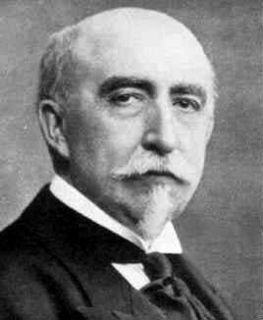 W
WEmory McClintock (1840–1916), born John Emory McClintock was an American actuary, born in Carlisle, Pennsylvania. He graduated from Columbia University, where he was tutor in mathematics in 1859–1860. From 1863 to 1866 he served as United States consular agent at Bradford, England. He served as president of the American Mathematical Society in 1890–1894 and of the Actuarial Society of America in 1895–1897.
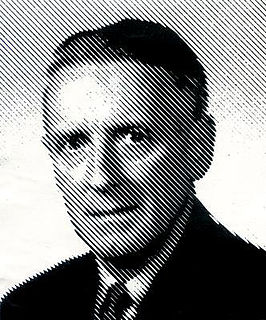 W
WDeane Montgomery was a mathematician specializing in topology who was one of the contributors to the final resolution of Hilbert's fifth problem in the 1950s. He served as President of the American Mathematical Society from 1961 to 1962.
 W
WEliakim Hastings Moore, usually cited as E. H. Moore or E. Hastings Moore, was an American mathematician.
 W
WRobert Lee Moore was an American mathematician who taught for many years at the University of Texas. He is known for his work in general topology, for the Moore method of teaching university mathematics, and for his racist treatment of African-American mathematics students.
 W
WFrank Morley was a leading mathematician, known mostly for his teaching and research in the fields of algebra and geometry. Among his mathematical accomplishments was the discovery and proof of the celebrated Morley's trisector theorem in elementary plane geometry. He led 50 Ph.D.'s to their degrees, and was said to be:"...one of the more striking figures of the relatively small group of men who initiated that development which, within his own lifetime, brought Mathematics in America from a minor position to its present place in the sun."
 W
WCharles Bradfield Morrey Jr. was an American mathematician who made fundamental contributions to the calculus of variations and the theory of partial differential equations.
 W
WHarold Calvin Marston Morse was an American mathematician best known for his work on the calculus of variations in the large, a subject where he introduced the technique of differential topology now known as Morse theory. The Morse–Palais lemma, one of the key results in Morse theory, is named after him, as is the Thue–Morse sequence, an infinite binary sequence with many applications. In 1933 he was awarded the Bôcher Memorial Prize for his work in mathematical analysis.
 W
WJohn von Neumann was a Hungarian-American mathematician, physicist, computer scientist, engineer and polymath. Von Neumann was generally regarded as the foremost mathematician of his time and said to be "the last representative of the great mathematicians". He integrated pure and applied sciences.
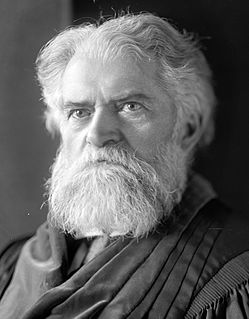 W
WSimon Newcomb was a Canadian–American astronomer, applied mathematician and autodidactic polymath, who was Professor of Mathematics in the United States Navy and at Johns Hopkins University.
 W
WWilliam Fogg Osgood was an American mathematician, born in Boston.
 W
WKenneth Alan "Ken" Ribet is an American mathematician working in algebraic number theory and algebraic geometry. He is known for the Herbrand–Ribet theorem and Ribet's theorem, which were key ingredients in the proof of Fermat's Last Theorem, as well as for his service as President of the American Mathematical Society from 2017 to 2019. He is currently a professor of mathematics at the University of California, Berkeley.
 W
WJulia Hall Bowman Robinson was an American mathematician noted for her contributions to the fields of computability theory and computational complexity theory—most notably in decision problems. Her work on Hilbert's 10th problem played a crucial role in its ultimate resolution. Robinson was a 1983 MacArthur Fellow.
 W
WVirgil Snyder was an American mathematician, specializing in algebraic geometry.
 W
WMarshall Harvey Stone was an American mathematician who contributed to real analysis, functional analysis, topology and the study of Boolean algebras.
 W
WJohn Howard Van Amringe was an educator and mathematician from the United States.
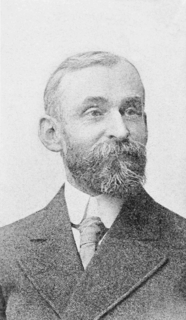 W
WEdward Burr Van Vleck was an American mathematician.
 W
WOswald Veblen was an American mathematician, geometer and topologist, whose work found application in atomic physics and the theory of relativity. He proved the Jordan curve theorem in 1905; while this was long considered the first rigorous proof of the theorem, many now also consider Camille Jordan's original proof rigorous.
 W
WJoseph Leonard Walsh was an American mathematician who worked mainly in the field of analysis. The Walsh function and the Walsh–Hadamard code are named after him. The Grace–Walsh–Szegő coincidence theorem is important in the study of the location of the zeros of multivariate polynomials.
 W
WRaymond Louis Wilder was an American mathematician, who specialized in topology and gradually acquired philosophical and anthropological interests.
 W
WRobert Simpson Woodward was an American civil engineer, physicist and mathematician.
 W
WOscar Zariski was a Russian-born American mathematician and one of the most influential algebraic geometers of the 20th century.